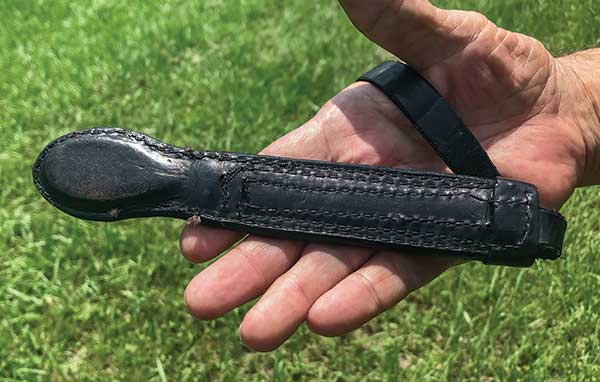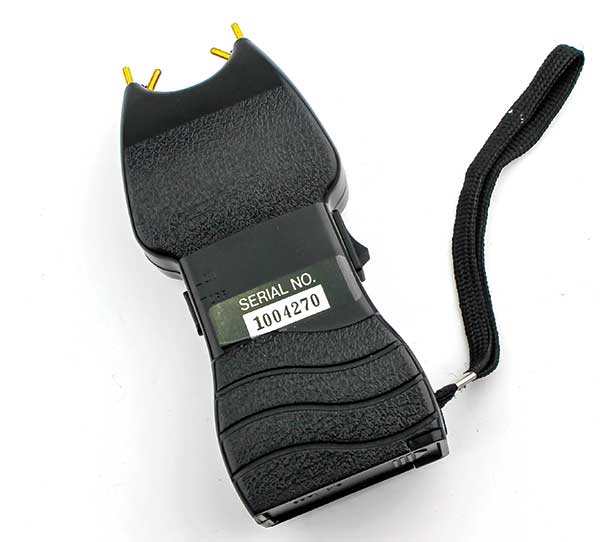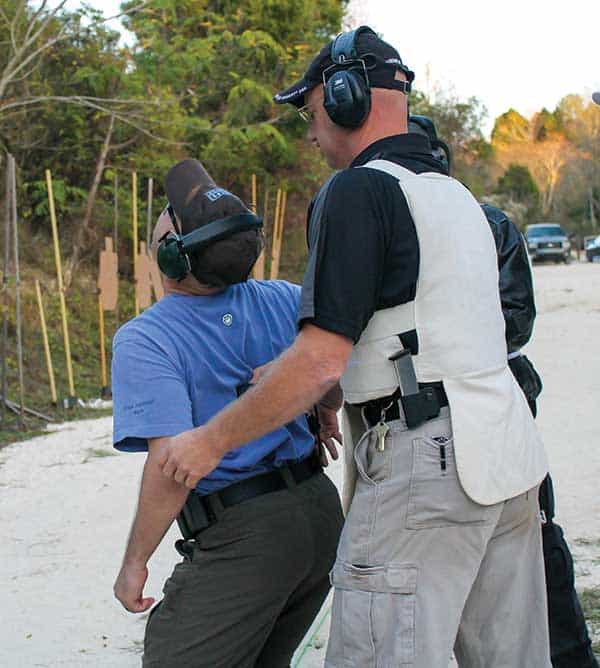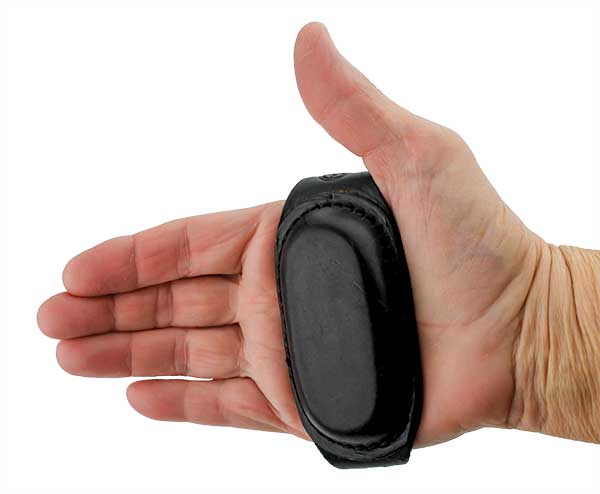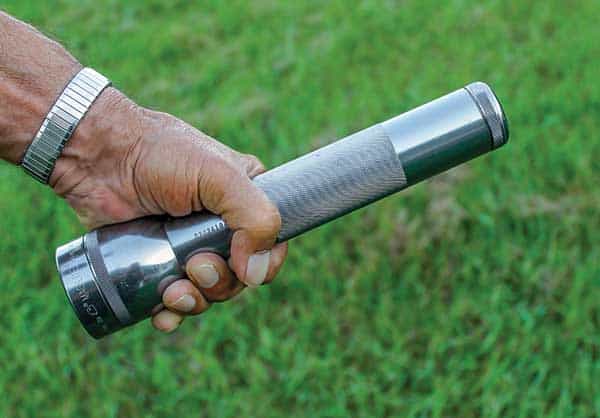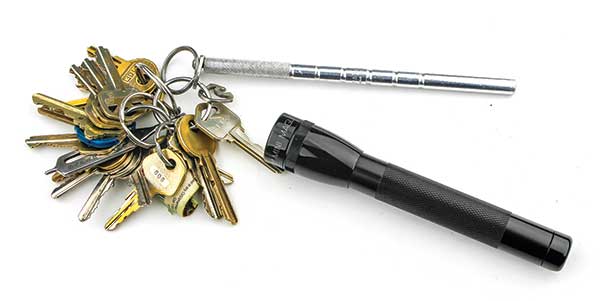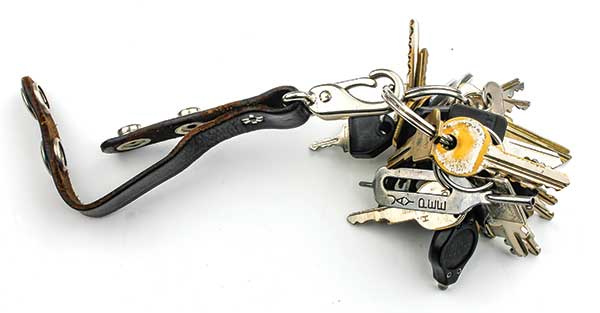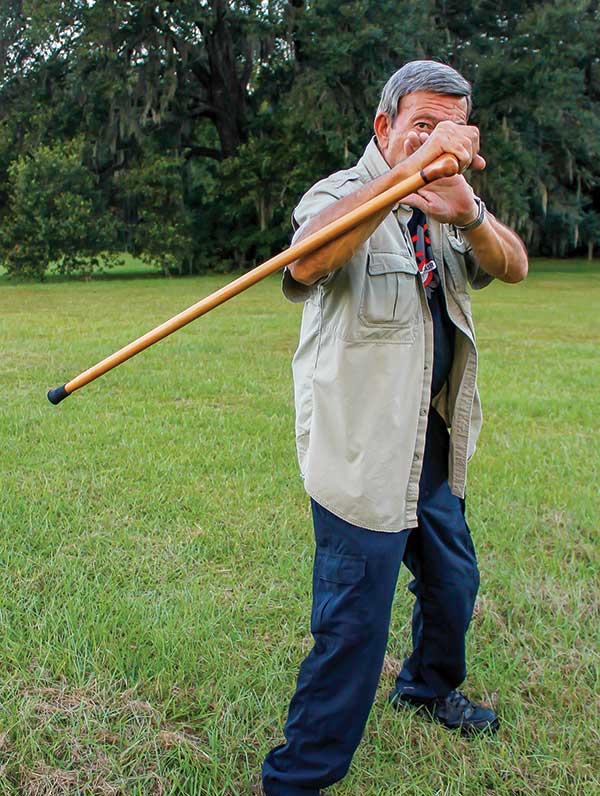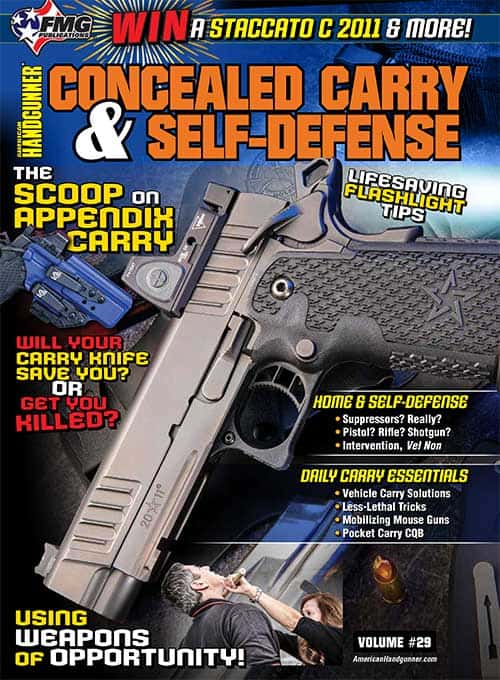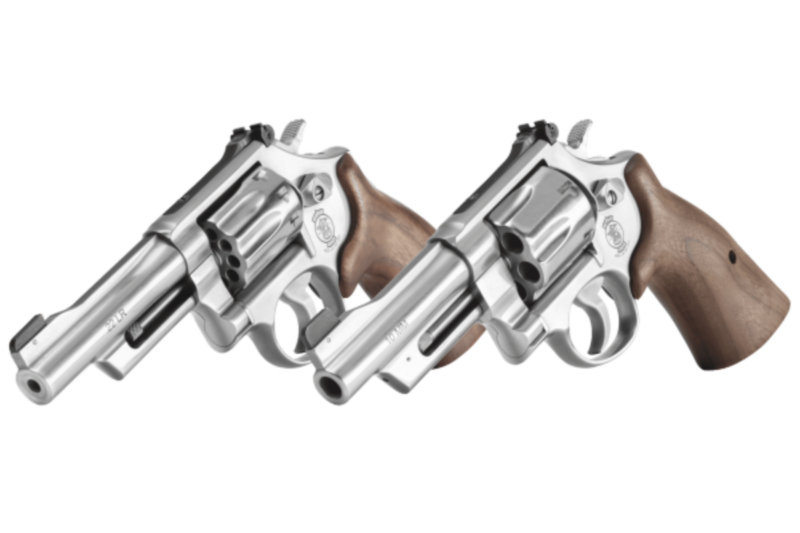Less-Lethal Tools For Private Citizens
Fighting without a firearm
Let’s address the large gray area between a kind word and a bullet. If you’re reading content about concealed carry, I have to assume you’re into the practice of same or at least thinking about taking it up. And this tells me you’ve already figured out two things.
One is there are places where you can’t legally carry a gun. A lot of places.
And the other is there are a lot of situations where you might have to use force, but the lethal force of a firearm is not warranted.
For many years I served as an international instructor with the PR-24 baton, produced by Monadnock Lifetime Products. A line the company used in its advertising to police and security professionals came from a wise old street cop, and it said in effect, there is a large gray area between a kind word and a bullet.
It is important to know hand-to-hand self-defense. How to block (and throw) a punch or a kick. How to escape a front or rear strangle, a neck-breaking Full Nelson hold, a bear hug, etc. That’s on the lowest end of the physical force spectrum. This article covers the middle ground known as less-lethal self-defense tools.
A Word About Words
The term “less-lethal” often evokes the sarcastic comment, “Is that like ‘less pregnant’?” What we need to understand is “less-lethal” superseded the term “non-lethal.” Someone with a respiratory disease could in fact die from over-exposure to pepper spray or the old “Chemical Mace.” Someone struck in the throat or skull hard enough with a nightstick can also die. Ergo, the new terminology translates to, “less likely to be lethal unless it’s maliciously used.”
Less lethal tools range from Electric Control Weapons (ECW) to pepper spray, striking tools properly known as “impact weapons” and assorted makeshift self-defense instrumentation like flashlights, key chains, canes or walking sticks.
Stun Guns
All sorts of electric discharge instruments have been generically called “stun guns.” Some work, some don’t.
The ones you buy in most shops require at least five seconds of uninterrupted contact before the muscles fibrillate so much the recipient of the discharge collapses … if he does. Think about it: If you can hold a 200-lb. speed freak still long enough he can’t pull away from the stun gun’s probes, what did you need electricity for to control him in the first place? These so-called “stun guns” can work only as pain compliance devices, because most people will reflexively pull away from pain. Applying the stun gun as you would using pressure point control tactics can work, but you need training and experience in pressure points and in a martial art such as Jiu-Jitsu or Aikido to know where to move him and what to do when you get him there.
What police use is the TASER. Yes, it is capitalized. It’s supposedly an acronym for Thomas A. Swift’s Electric Rifle. Never let it be said police equipment providers lack a sense of humor.
Unfortunately, even the TASER is known to fail. If the bad guy is too far away, the prongs at the end of the TASER’s wires won’t reach his body. If he’s too near to you, the prongs hit too close together to induce collapse. If he’s wearing very heavy clothing it can keep the prongs from making flesh contact. If he has quick reflexes, he can sweep the wires away, breaking the connection or pulling the wires loose and interrupting the charge. When police are in a stand-off with a man with a knife or club who is not yet charging and trying to inflict deadly force, police are taught not to TASE him (yes, it’s become a verb) unless another officer with a ready firearm is providing what is called “lethal cover.”
Axon, the manufacturer of the real TASER, makes a civilian model called the Pulse. Carrying one concealed, you find it’s about as bulky as concealing another pistol. There are also states where they are not legal for private citizens to carry, so be sure to research carefully. The civilian variation works differently: instead of L.E.’s “five-second ride,” the civilian version lasts for 30 seconds. Recommended protocol is to zap the attacker down, put the civilian TASER on the ground without dislodging the probes and run away, gaining a half-minute head start.
Aerosol Sprays
I, like many cops back in the day, became disenchanted with the early Chemical Mace. Sometimes it worked, sometimes it didn’t. The grim joke was it worked better on cops and rape victims than it did on cop-fighters and rapists. This was particularly true when the suggested protocol was to spray it on the assailant’s chest and wait for it to waft up to his nose and eyes. One iteration said in the accompanying fine print to be cautious because it might not be effective on people under the effects of alcohol, drugs, psychosis or state of rage. Who the heck else would you ever have to Mace?
Pepper spray (oleoresin capsicum) has proven to be distinctly more effective and is the standard today. Sabre and Fox Labs brands both have excellent reputations. Even so, a committed assailant can fight through its effects. In training, most law enforcement officers are taught to fight through its effects.
A Few Cautions
First, make sure it’s legal to carry; in some jurisdictions, a permit is required.
Second, get training. The instruction should include patterns of movement and having your own free hand up in front of your face to shield yourself from accidentally partaking of the spray. Don’t just stand there and expect whoever you spray to fall down screaming and clawing at his face. Pepper spray is normally directed into the face and eyes. Most people will reflexively close their eyes when they take a hit, and eyeglasses or sunglasses can block some of the spray. Even if your assailant does close his eyes against the agonizing burn, pain is known to trigger rage. If he charges toward where he last saw you, and you’re still there … well, if he didn’t want to kill you before he’ll definitely want to kill you now. Hence, spray and move off the line of his attack.
I would strongly suggest you take a class where you “take a hit” yourself, unless you have eye or respiratory issues. There are good reasons for this. You won’t fully understand how it works until you feel it yourself. You want to know you can fight through it and not panic if you catch some in the course of the fight. Suppose you get sued over it, and the attacker becomes a plaintiff with a lawyer who wails in court, “And then the defendant sprayed liquid fire into my poor client’s eyes!” You want to be able to call your instructor to the stand to testify “Oh, for heaven’s sake, the defendant took the exact same stuff in his own eyes during my class.” Pro tip: If you’re going to “take a hit,” have a designated driver along to get you home after class.
You might want to consider owning a selection of pepper sprays for different seasons and places. On a blustery night you won’t have time to test where the wind is blowing before you press the button, and a fogger is more likely to blow back on you than a streamer unit or one dispensing pepper foam. Fogger types dispense a wide cone, better assuring at least some gets into the attacker’s eyes, mouth and nose, but will have shorter range. Streamer and foam or gel seem less likely to contaminate the user and will give you more range. If you’ve seen the danger coming in time, distance is your ally. I know people who’ll carry a fogger unit on their dominant hand side for fast reaction to a very close-range attack, and a streamer unit on their non-dominant side for when they might have time to take advantage of distance. Finally, consider an inert spray unit for practice as part of your pepper spray armory.
Impact Weapons
There are a very few states like Florida where you get a permit to carry concealed weapons, not just handguns. There, a blackjack, nunchaku or telescoping baton is legal with the permit. Ditto “loaded” gloves with powdered lead sewn in, and the handy “palm sap.” In most jurisdictions, though, there’s no legal way to carry what the law calls “a blackjack, sap, brass knuckles or billy club” as a private citizen. If you are lucky enough to be legal, get training. Blows to the head or throat with such instruments are considered lethal force. You’ll learn to strike at “green zones”: hands, legs, jabs to the abdomen and that sort of thing.
The police-type flashlight faded from popularity for liability reasons: Clubbing someone over the head with it was seen as deadly force, and the instruments themselves became associated with “police brutality.” A four-cell size Mag-Lite or equivalent (I’m partial to the C-cell because they’re slimmer and much faster to strike with, but still have enough force to break bone) is a handy thing to have near house doors or readily accessible in the car. You’ll be using them more for routine illumination than anything else.
My favorite for daily carry is the Kubotan keychain developed by Soke Takayuki Kubota. I was skeptical of self-defense with what looked like a petrified Tootsie Roll until the painful day when Tak Kubota wiped the floor of the Ohio Peace Officer Training Academy gym with me and a hundred-some other police instructors. In four hours, a competent instructor can teach you a repertoire of stick strikes, key chain slashes and pressure point techniques to escape headlocks, front and rear strangles, etc. They are legal for you and even your young children to carry in public. They will generally be banned in schools, courthouses and commercial aircraft, but you can perform all the Kubotan techniques with a $9 Mini-Mag flashlight legal in all those places I mentioned.
Another less versatile approach to key chains is a heavy ring of keys on a belt strap. Unsnap it, grab it by the strap and you have a miniature medieval mace. Remember, though, strikes to the head with these can be considered deadly force, as is true with the Kubotan. Mine has always gone with me smoothly through airport and courthouse security and always stayed on my person when I had to lock up my service sidearm while fingerprinting a prisoner.
While they can be cumbersome, canes can be fearsome fighting weapons with swings, jabs, “power strokes” that hit with hammer force and even takedowns. Far from being prohibited at the airport, they often qualified me for early boarding! Again, get training. Some martial arts schools teach cane-specific techniques, and any dojo who teaches stick fighting will be able to show you some very effective moves. My personal favorite is the dedicated fighting stick designed by Chris Koontz at American Cane. Barehanded defense skills, of course, are very much worth learning and can be a life study. The same is true of verbal crisis intervention skills: Look into Verbal Judo. But it does always make sense to have something in the “large gray area between a kind word and a bullet.”

Get More Personal Defense Tips!
Sign up for the Personal Defense newsletter here:

